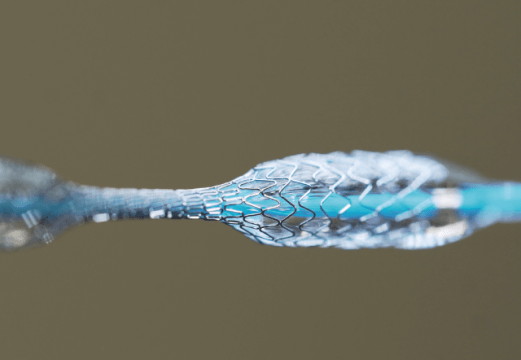Original title: Effectiveness of Fluorography Versus Cineangiography at Reducing Radiation Exposure During Diagnostic Coronary Angiography. Reference: Shah B et al. Am J Cardiol. 2014 Apr 1;113(7):1093-8.
Coronary angiography is the gold standard for defining obstructive coronary disease. However, radiation exposure remains an unclear and unwanted risk. The aim of this study was to determine whether the new digital fluorography techniques successfully reduce radiation exposure of patients referred for coronary angiography with < 115 cm abdominal circumference and > 60 ml / min glomerular filtration rate where randomized to fluorography (n = 25) or cineangiography (n = 25). The fluorography group underwent coronary angiography using retrospectively stored fluorography with repeat injection under cineangiography only when needed for better resolution per operator’s discretion. Primary end point was patient radiation exposure measured by radiochromic film.
Secondary end points included secondary radiation measured by kerma area product and air kerma at the interventional reference point (Ka, r) and operator radiation exposure measured by a dosimeter.
Patient radiation exposure resulted significantly lower in the fluoroscopy group, compared to the cineangiography group (158.2 mGy [76.5-210.2] vs 272.5 mGy [163,3-314] respectively; p=0.001), kerma – area product (1323 mGy . m2 [826-1765] vs 3.451 mGy . m2 [2464-4818]; p < 0,001 ), and Ka, r (175mGy [ 112-252 ] vs 558 mGy [313-621 ]; p < 0.001). This represents a relative reduction of 42 %, 62 % and 69 %, respectively.
Though statistically not significant, operator exposure followed the same trend, (fluorography 2.35 mGy [1.24-6.30] vs cineangiography 5.03 mGy [2,48-7,80], p =0.059).
Conclusion
Fluorography in a select group of patients during coronary angiography with repeated injection under cineangiography only when necessary, successfully reduced patient radiation exposure.
Editorial Comment:
The new coronary cineangiography has largely overcome several specialty limitations with numerous techniques. One of them is the possibility to store fluoroscopy imaging without the need of cineangiography. In this study we observe fluorography significantly reduces patient exposure and marks a positive trend to reduce operator radiation exposure without affecting diagnostic effectiveness. In a time when invasive procedures of increased exposure have exponentially grown in number, this choice could have a positive impact both in patients and operators. A Limitation to this practice is that this kind of technology might not be available in all centers.
Courtesy of Dr Matías Sztejfman
Interventional Cardiologist.
Güemes Hospital.
Buenos Aires, Argentina.
Dr. Matías Sztejfman





